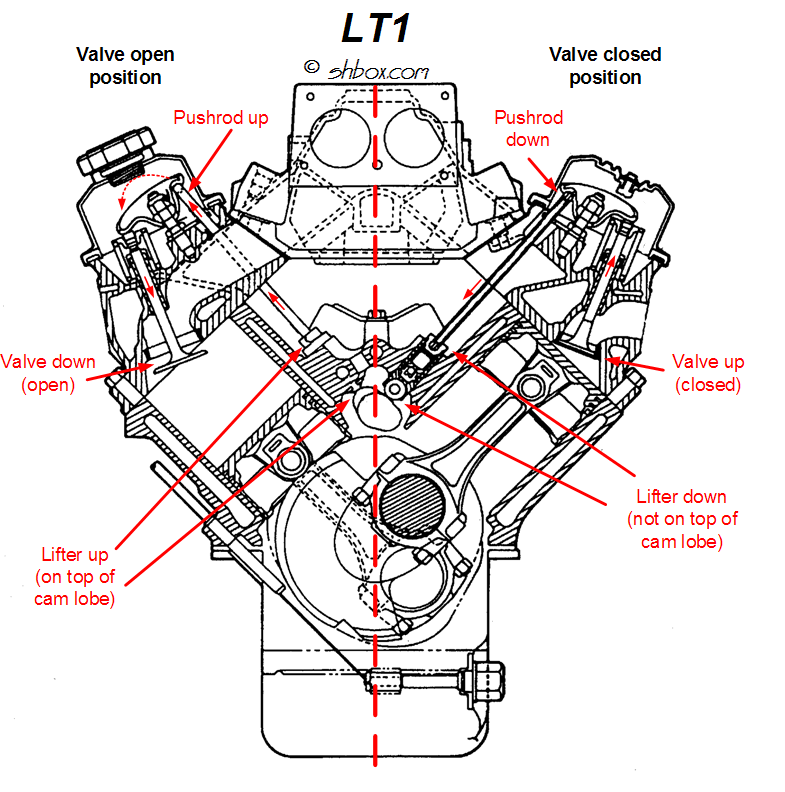'79 fiberform 20'
Bought the boat with engine not running several months ago
Put rebuilt 350 in, and it is weak on power
Been trying to figure out why and found out that I have really low compression on all cylinders;
readings are:
CYL 1: 72 psi
CYL 2: 66 psi
CYL 3: 72 psi
CYL 4: 65 psi
CYL 5: 63 psi
CYL 6: 45 psi
CYL 7: 63 psi
CYL 8: 62 psi
The boat has a hard time starting cold, but once it starts it runs fairly well. It just seems underpowered. I'm turning a 15x17 prop, getting 35 mph, at a little over 4000 rpm.
Questions:
How does the engine even run with this low of compression?
What are the easiest quickest ways to figure out what is causing the low compression?
Thanks,
Greg
Bought the boat with engine not running several months ago
Put rebuilt 350 in, and it is weak on power
Been trying to figure out why and found out that I have really low compression on all cylinders;
readings are:
CYL 1: 72 psi
CYL 2: 66 psi
CYL 3: 72 psi
CYL 4: 65 psi
CYL 5: 63 psi
CYL 6: 45 psi
CYL 7: 63 psi
CYL 8: 62 psi
The boat has a hard time starting cold, but once it starts it runs fairly well. It just seems underpowered. I'm turning a 15x17 prop, getting 35 mph, at a little over 4000 rpm.
Questions:
How does the engine even run with this low of compression?
What are the easiest quickest ways to figure out what is causing the low compression?
Thanks,
Greg


